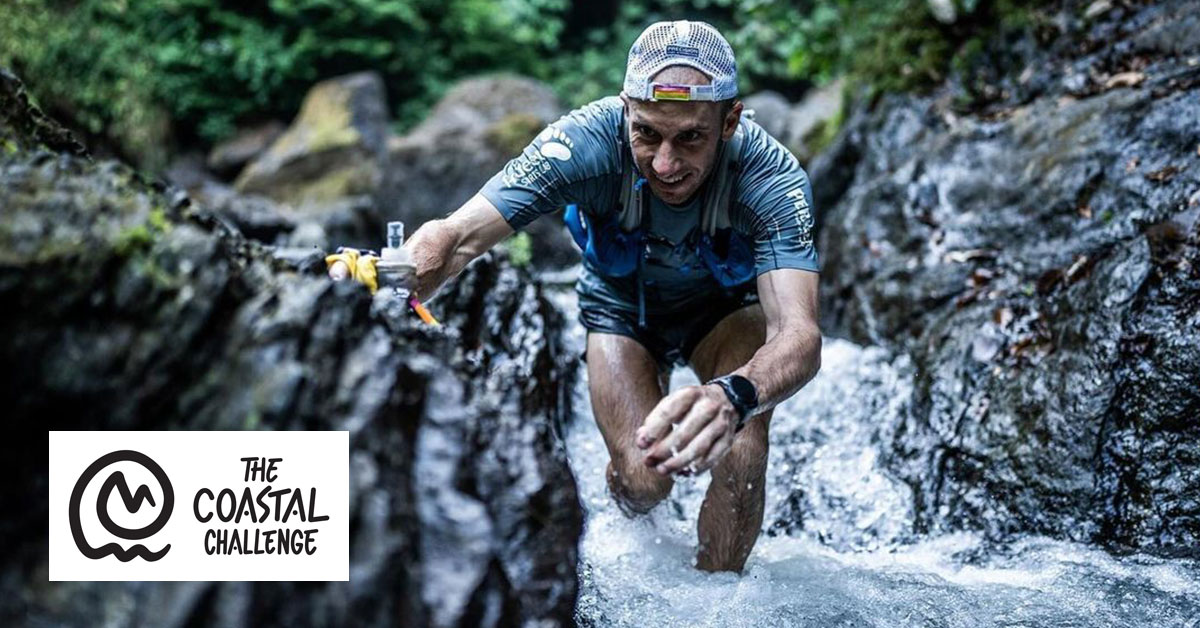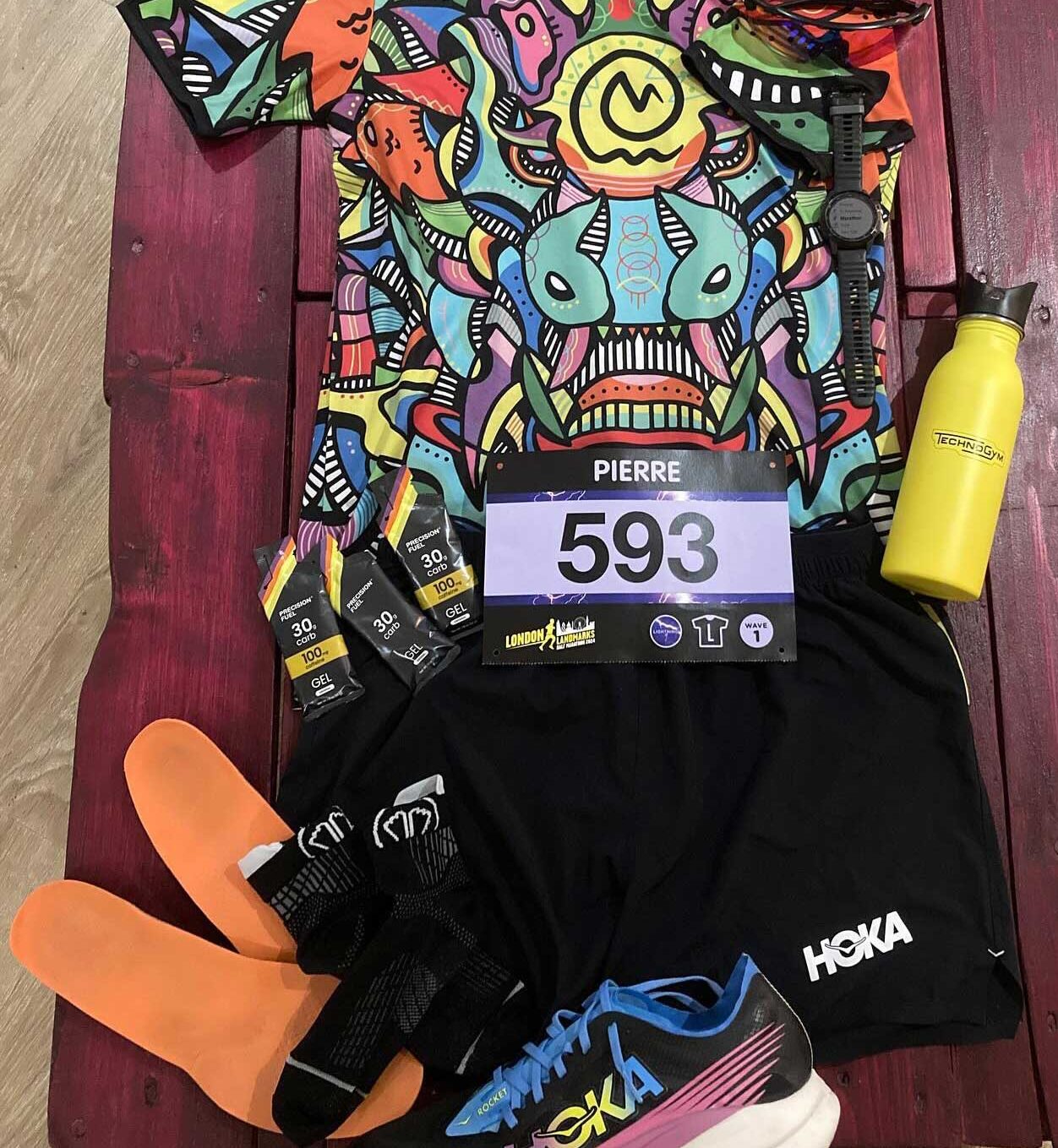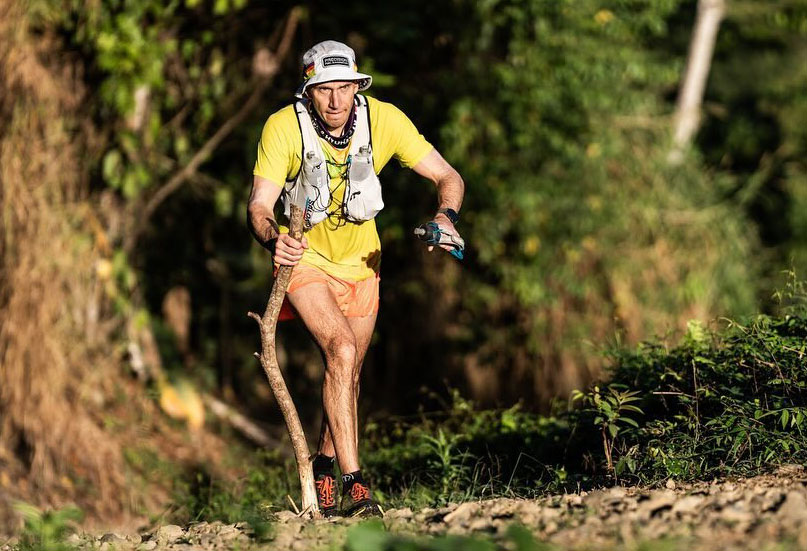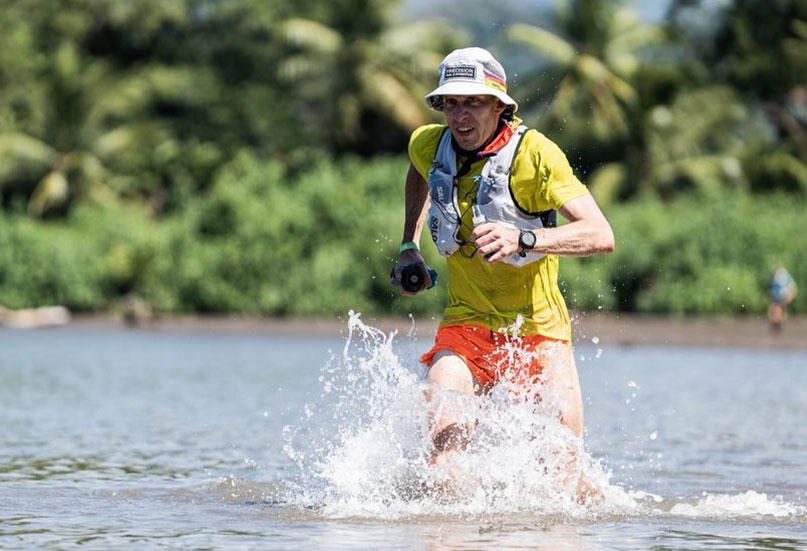Service by appointment only
Call 020 7736 0046
Call 020 7736 0046 To book

Profeet Ambassador and trail runner, Pierre Meslet, talks about mastering extreme elements and tricky terrain.
Coastal running offers some of the most stunning and challenging landscapes for runners. The combination of breathtaking views, varied terrain, and unpredictable weather makes it a unique experience. Profeet ambassador and experienced trail runner Pierre Meslet shares his own insights, drawing from his experience at The Coastal Challenge in Costa Rica
Whether you’re a seasoned runner or new to the trails, Pierre’s tips can help you navigate the challenges of coastal running and fully enjoy the incredible journey it offers.
Essential Gear for Coastal Running
To ensure a successful and enjoyable coastal run, Pierre emphasises the importance of high-quality gear.
“Quality shoes, quality socks, a good hydration system, and a strategy for your fuelling,”
he says, are non-negotiables for any coastal runner. For six days of The Coastal Challenge, Pierre packed three pairs of shoes, which proved crucial in handling the diverse and rugged terrain.
“Grippy trail shoes are essential for coastal paths, where the terrain can vary from rocky and steep to soft, sinking sand,”

Pierre recommends the Profeet running shoe fitting with biomechanical assessment for ensuring you get the right trail shoes to suit your feet.
He took six pairs of Sidas technical trail socks (a fresh new pair for each day) to keep his feet comfortable and dry – an important consideration with frequent wet conditions.
Preparation is key
Coastal running trails are now well-marked and accessible in many parts of the UK and abroad. When racing in a foreign country, make sure to do your homework and research the likely temperature and degree of humidity beforehand. That way, you will know how to prepare yourself and whether or not a specific heat acclimation training will be beneficial.
To prepare for the high temperatures of Costa Rica, Pierre undertook a rigorous heat acclimation process.
“To help our body acclimatise to the heat, one needs to be in a warm environment for 60 to 90 mins per day, every day, for 2 weeks. This can be done by exercising or being stationary, the main idea being to raise the core body temperature enough to create physiological adaptations.
I personally chose a combination of heat chamber sessions, training indoors wearing extra layers of clothing (creates a real sweaty mess so get your towels out in advance), getting into a hot bath or in a sauna straight after training. Some people only use a sauna and steam rooms whilst others rely fully on heat chambers, but this option is more costly and time-consuming.”


Handling Technical Terrain
Coastal trails are often marked by technical terrain, including rocky paths and steep descents.
“Rocky, steep paths can cause injuries, but the right footwear will lower the risk.”
Practising on different types of terrain can help runners become more adaptable, more confident and prepared for varying conditions. At The Coastal Challenge, Pierre lost concentration for a split second and twisted his ankle on a rock whilst going at speed on a non-technical descent. Unfortunately he learnt days later that the force of that twisting movement had caused a fracture in his ankle so he had to wear a boot for a few days.
Pierre recommends carrying a small first aid kit with the essentials for blisters and for cuts or for sprains, as well as a survival blanket.
“The survival blanket weighs nothing and can actually save someone’s life.”
Navigation and Fuelling
When training on new coastal paths that may not be well-marked, having a reliable form of navigation is crucial. “Ensure that you have a map, a GPS watch, or a smartphone with route details,” Pierre advises.
He also emphasises the need for a good hydration system as well as planning your fuelling strategy. “Carry a bladder in the backpack or soft flasks that will hold up to a couple of litres depending on the weather conditions,” he says. Staying hydrated helps prevent fatigue and keeps the body functioning optimally during strenuous runs.
“Also, plan in training how much carbohydrates and sodium you’re going to be taking per hour depending on the estimated finish time.
If you need some specific advice about your fuelling and hydration strategy, get in touch with the team at Precision Fuel and Hydration. These guys are passionate about what they do and really know their stuff. I have been using their high quality products for the last 4 years and I keep on running faster times.”
Reflections on The Coastal Challenge
Reflecting on the race, Pierre describes it as an unforgettable experience.
“Stunning Pacific sunsets, wild pristine beaches, spectacular waterfalls, jungle trails, and ‘Pura Vida’ style, The Coastal Challenge has it all!” he enthuses. “I will be on that fabulous start line again come 9th February 2025.”
Next for Pierre, he’s joining the Medical Team during the Paris 2024 Olympic Games to help athletes with his expertise in osteopathy and sports injuries. We wish him the best of luck!


Get in touch to schedule an appointment at our Run Lab in London and experience the ultimate in running performance and comfort.
With Profeet, you’re not just getting a pair of shoes; you’re investing in a better running future.
Call 020 7736 0046 to book your appointment.
OUR SERVICE IS BY APPOINTMENT ONLY
Profeet’s services are by appointment only, please call or book online in advance
